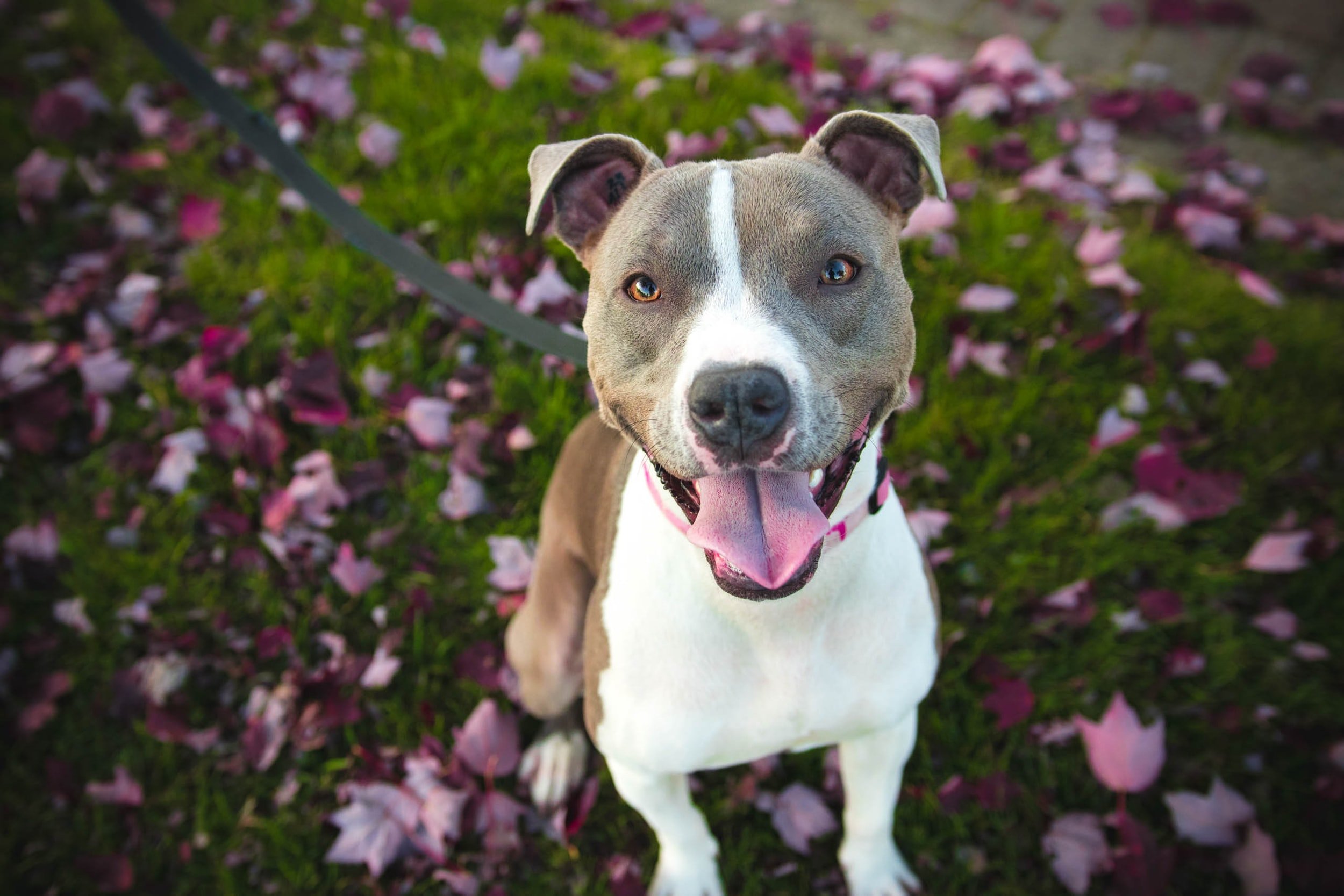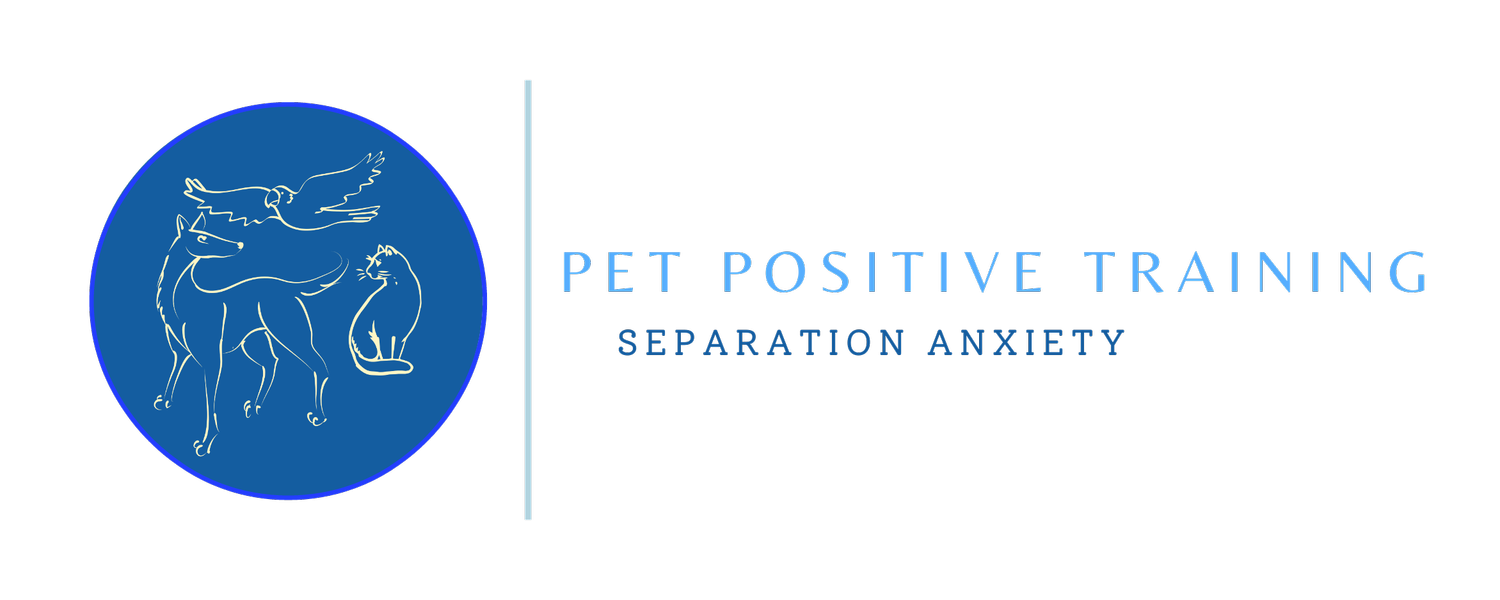Pet Positive Blogcast
Written by Liz Fisher, CSAT, CPDT-KA
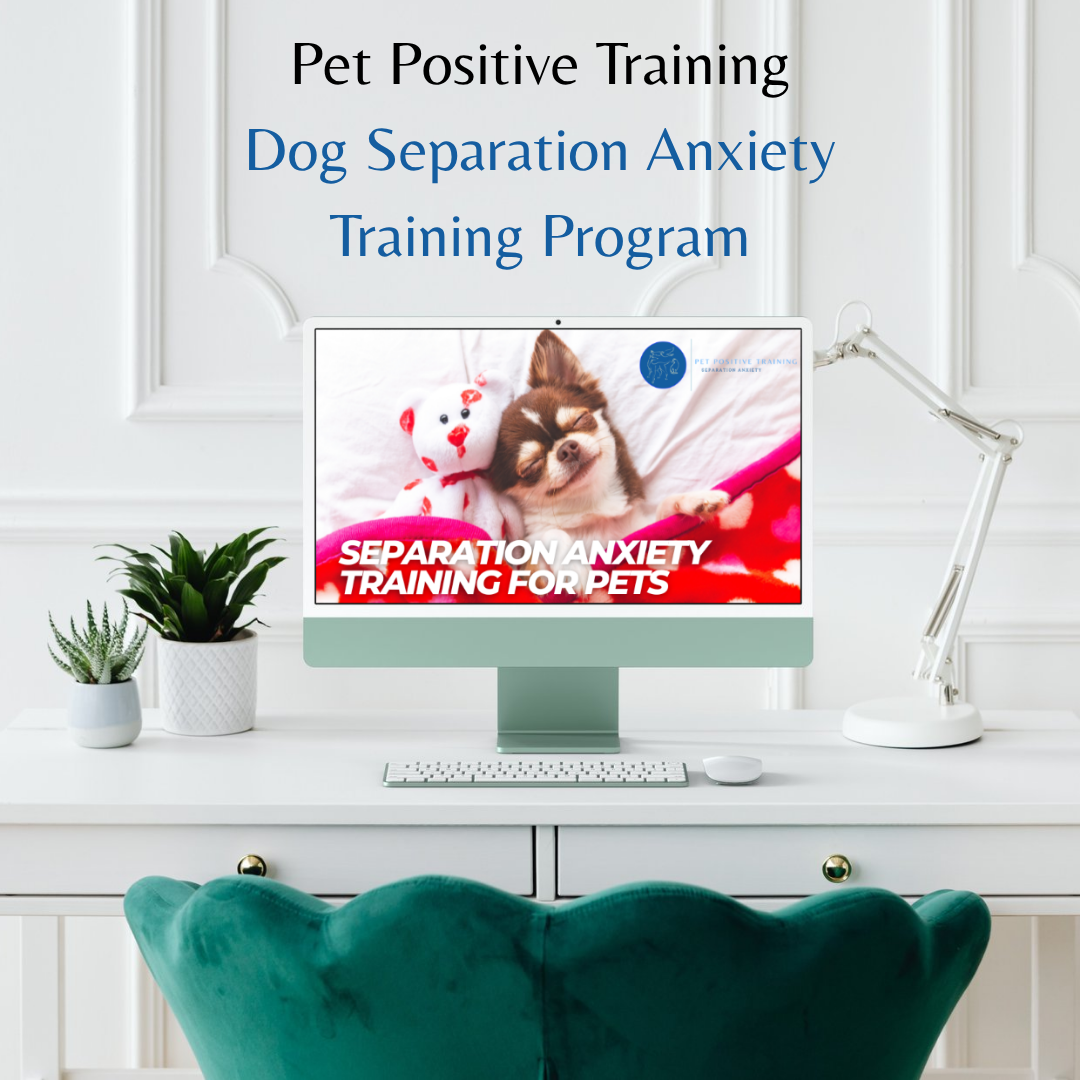
So how does Pet Positive Training’s separation anxiety program work?
Our hybrid training and education program lets you affordably work one-on-one with a dog separation anxiety expert. Start your training right with a behavior assessment. Then 5 Months of learning Modules get lower in price while you start training your dog more independently with all the skills and support you need. After the 5 month program you are empowered with everything you need to decide what level of ongoing certified separation anxiety trainer support makes sense for you, your dog, and your budget. Learn more about the Dog Separation Anxiety Training Program and how it helps relieve stress and anxiety for both you and your dog.
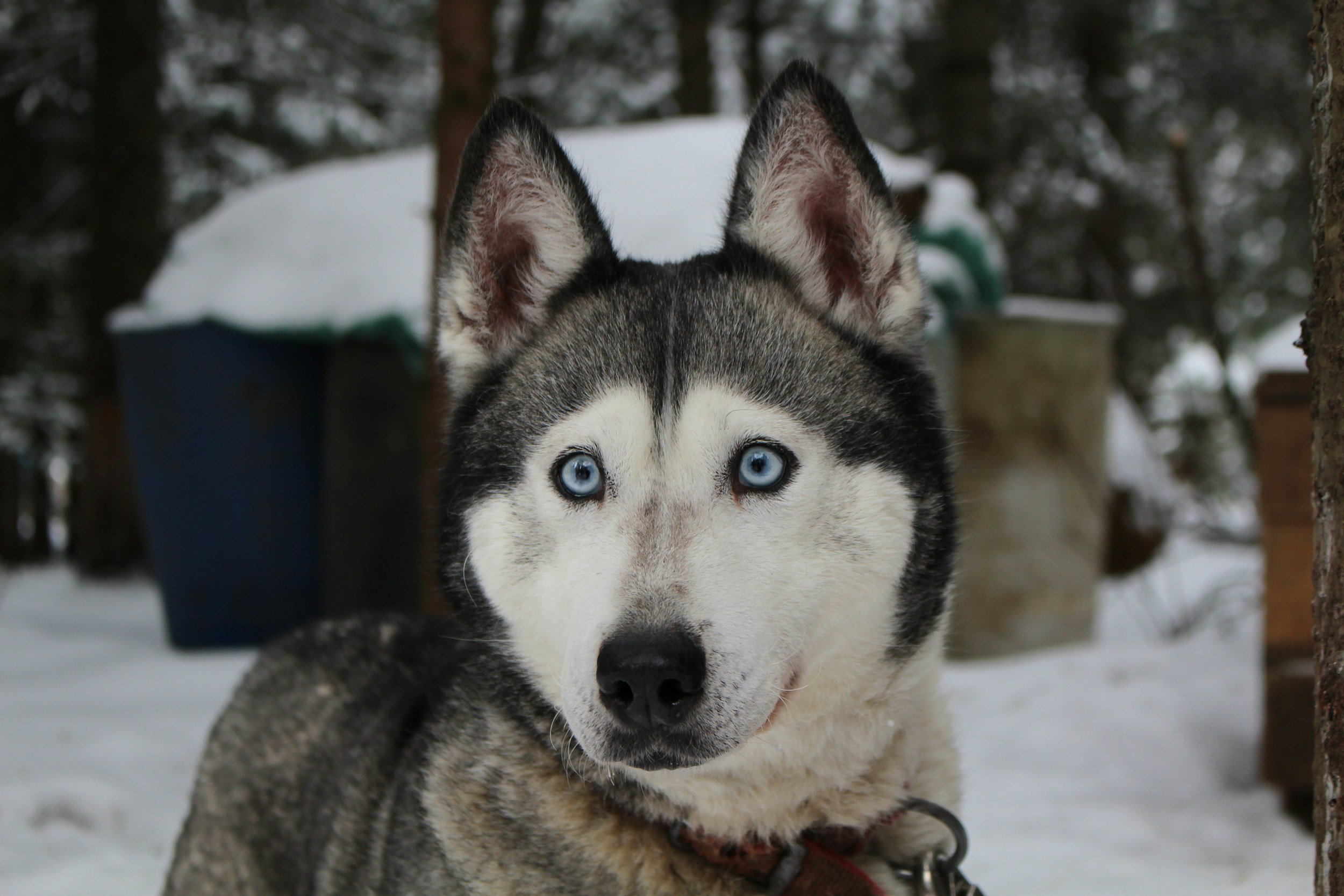
Why did my dog start behaving this way?!?
Some dogs may seem to suddenly develop separation anxiety, reactivity, or other surprising and undesirable behaviors.
When deciding what training or management to use, consider possible causes of the behavior change.
Body or health changes, Changes to schedule or household dynamics, New or bad experiences, Age, or Unrecognized/Ignored body language communication could all be factors.
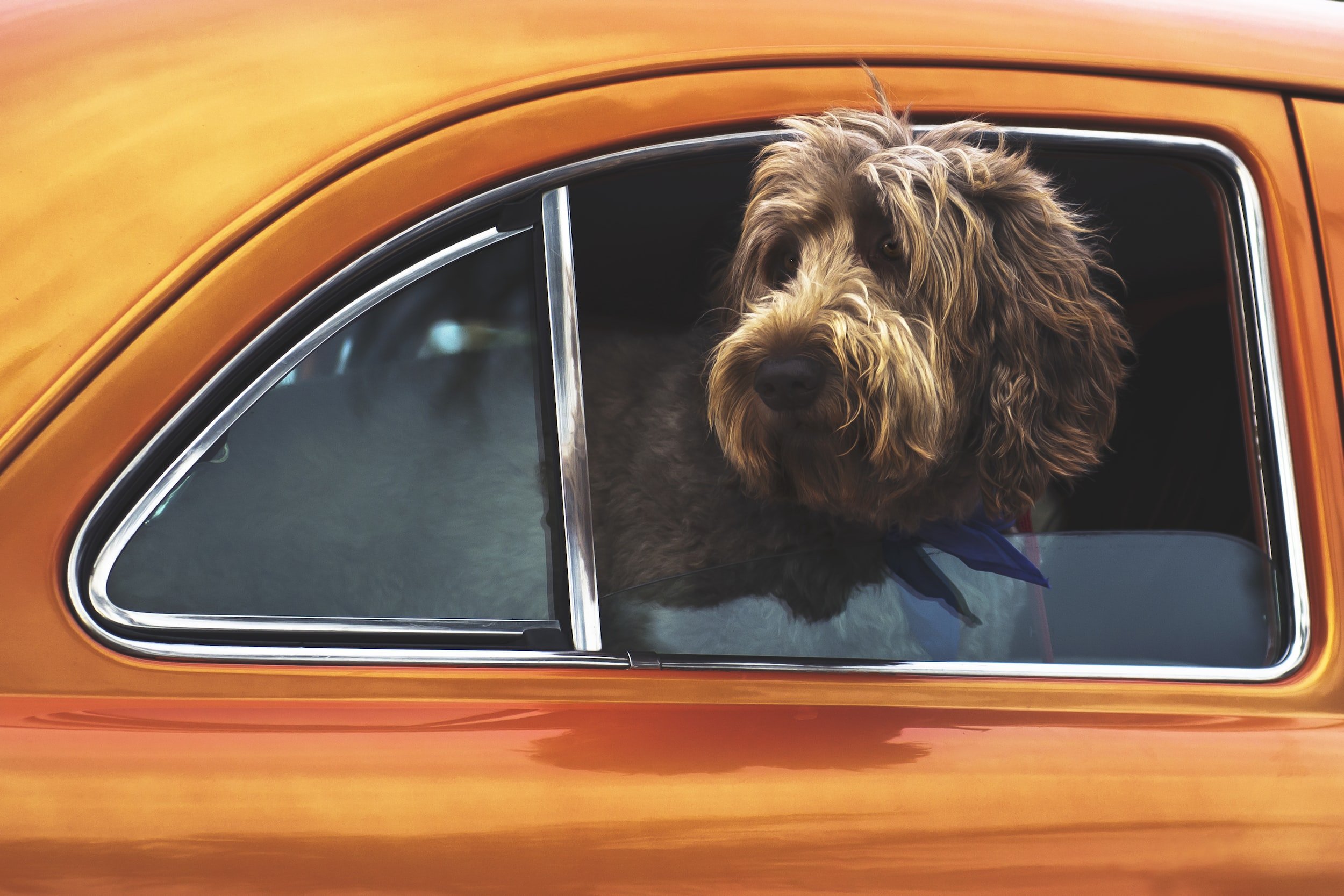
Creative ways to “suspend absences” during separation anxiety training for dogs
In order to start a separation anxiety protocol for your dog(s) you first need to stop exposing them to the thing that is making them so upset - being alone. This looks different for every dog but these are my go-to recommendations.
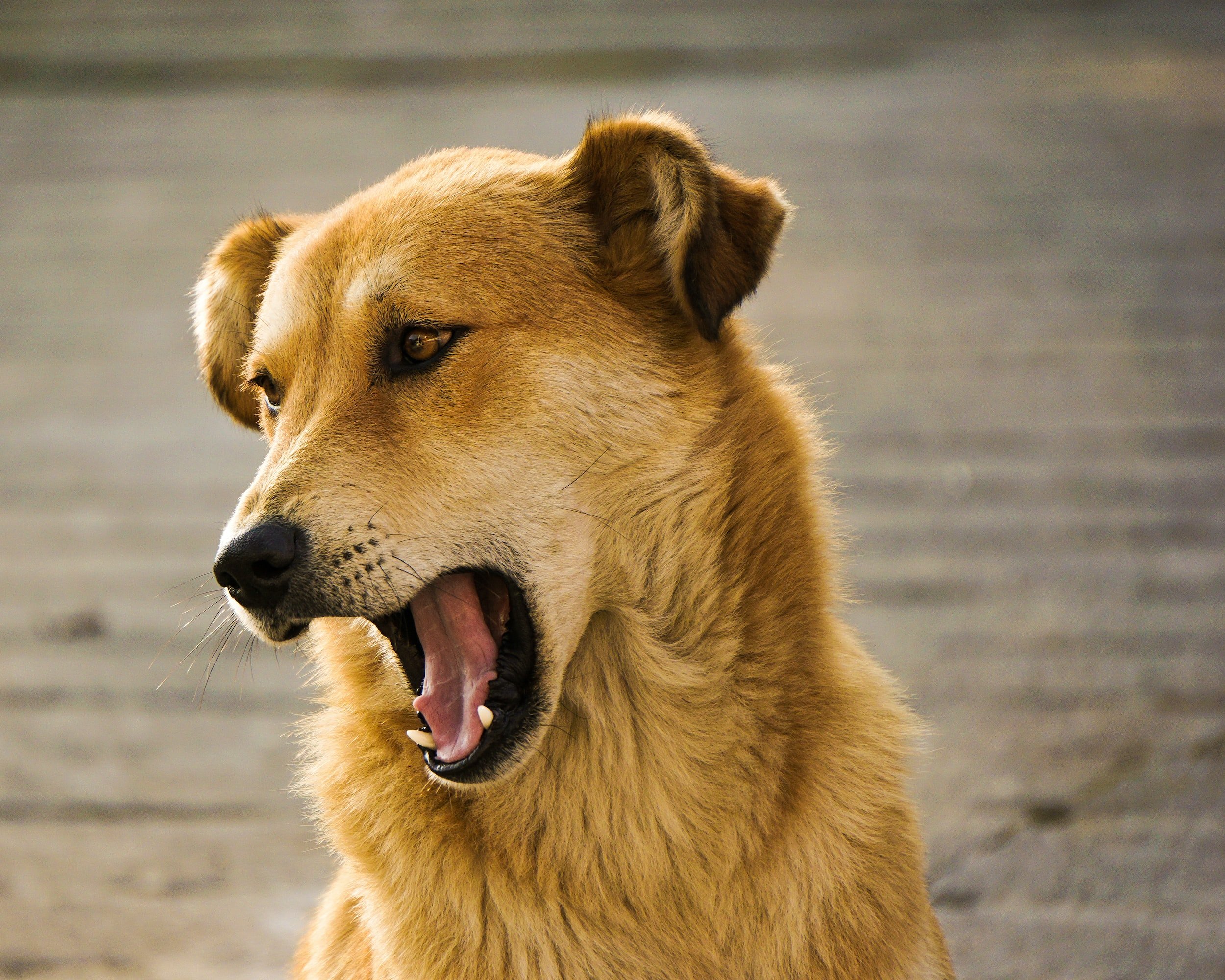
Growling… Is a GOOD thing!
It may be spooky or uncomfortable but RULE #1 from this trainer: Never Correct a Growl. A growl is an audible and obvious sign that your dog is uncomfortable and needs something to change.
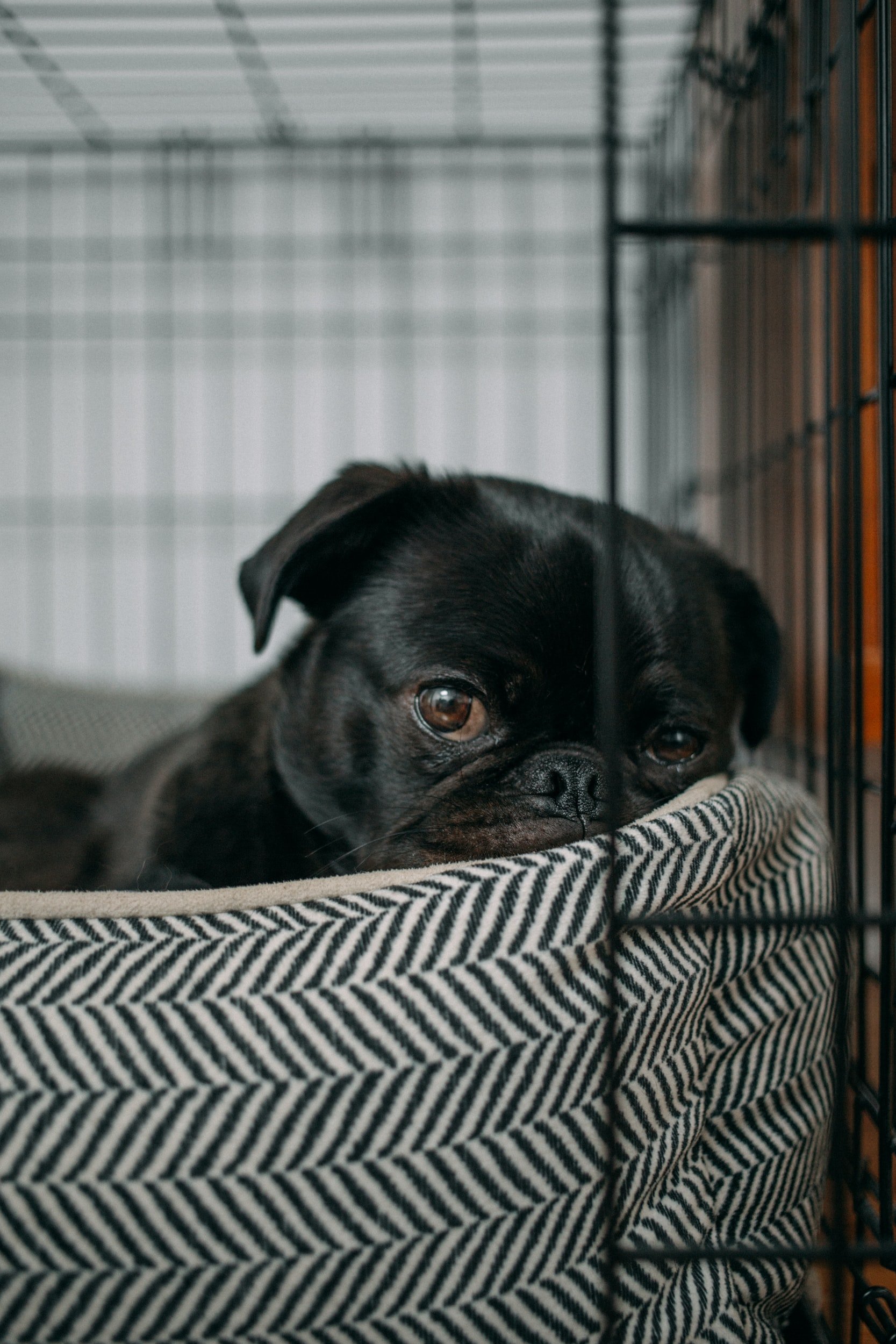
Confinement and Separation Anxiety
If your dog chews on inappropriate things even when you are home then that is a safety that needs to be managed during separation training. That may look like management via putting things away or in containers. But that may also look like a type of confinement away from areas or items that could be potentially dangerous…
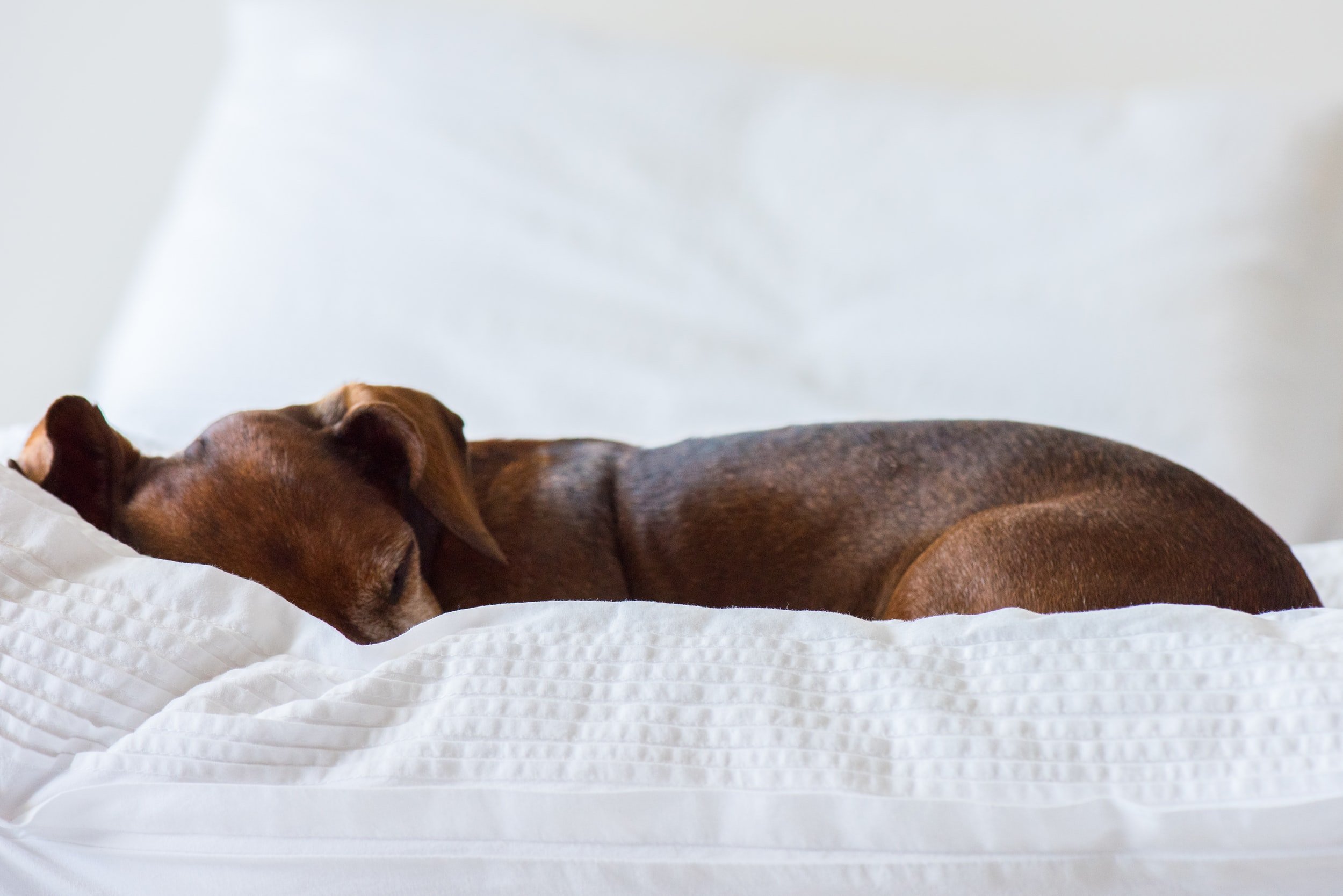
Happily Ever After?
